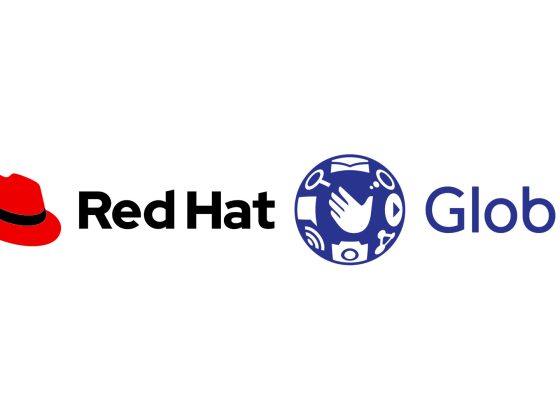For more than a century, Ericsson has been a top manufacturer of telecom equipment, with about 40% of the world’s mobile traffic carried through Ericsson’s networks. The company has also played an instrumental role in creating a global standard for mobile communications around the world starting with 1G. Now, Ericsson is at the forefront of the push into 5G.
“For the past several years, many new technologies such as software defined networks (SDN), AI/ML, orchestration, virtualization, and microservices architecture/cloud native entered the telecom industry propelling the 5G transformation. These new technologies will enable new business models and use cases across all industries,” says Balaji Ethirajulu, Senior Director Product Management at Ericsson.
At the same time, he adds, “the use cases will demand highly reliable networks, low latency, high bandwidth, and a specific network slice. To deliver services efficiently to all industries, service providers require more automation, CI/CD, low total cost of ownership (TCO), edge compute, network and service agility, faster time to market, high reliability, and high security.”
From our partners:
In search of a way to deliver a highly demanding 5G network, the Ericsson team analyzed various technologies and chose cloud native, adopting many open source technologies including Kubernetes.
“Cloud native is critical for telecom applications in 5G,” says Ethirajulu. “Cloud native design and technologies bring automation, scale, performance, efficient operations, faster time to market, improved CI/CD pipeline, and easy introduction of new software or features without disturbing the entire application. They also help to meet some of the edge needs and achieve optimum utilization of infrastructure, thus reducing the TCO.”
To deliver a highly demanding 5G network, Ericsson decided to utilize the cloud native technologies in many of its products: the dual-mode 5G Core and Ericsson Cloud Native Infrastructure including the Kubernetes distribution known as Cloud Container Distribution (CCD). Ericsson has deployed microservices and container-based cloud native applications in the operator network. For these products, the Ericsson team utilizes several CNCF technologies and adapts them to telco needs.
Cloud native principles and microservice architecture “provide the elasticity to scale according to capacity needs, performance, efficiency, and speed,” says Ethirajulu. “Importantly, they also supply a software solution agnostic of the underlying infrastructure, delivering flexibility and cost efficiency for service providers. Basing Ericsson software on modular microservices improves software quality, minimizes risks, and brings new functionalities to the market faster.”
Feedback time from services deployed in multiple applications went from weeks to hours, and upgrading microservices now takes between seconds to a few minutes.
For more about Ericsson’s cloud native journey, read the full case study.
For enquiries, product placements, sponsorships, and collaborations, connect with us at [email protected]. We'd love to hear from you!
Our humans need coffee too! Your support is highly appreciated, thank you!








